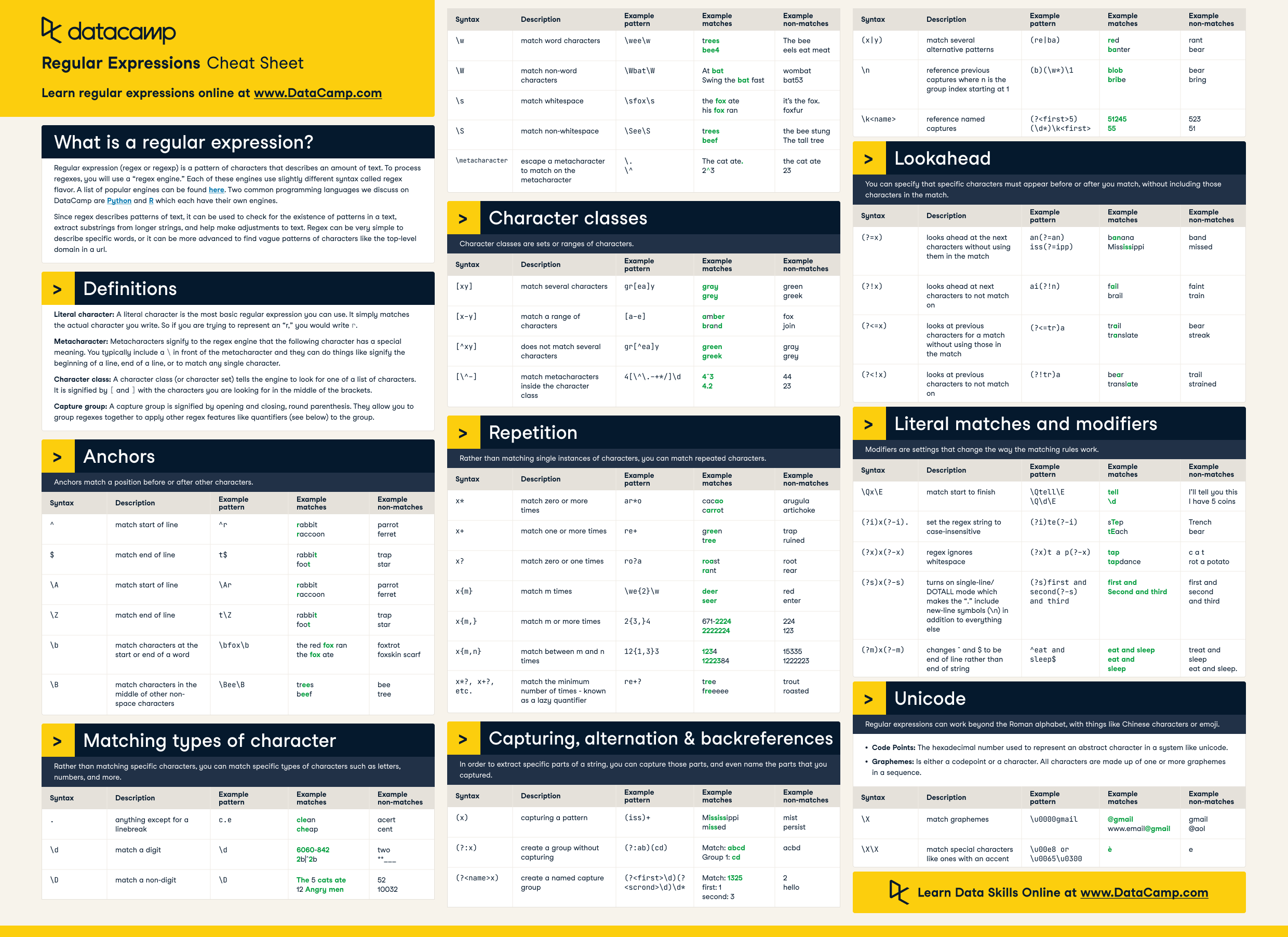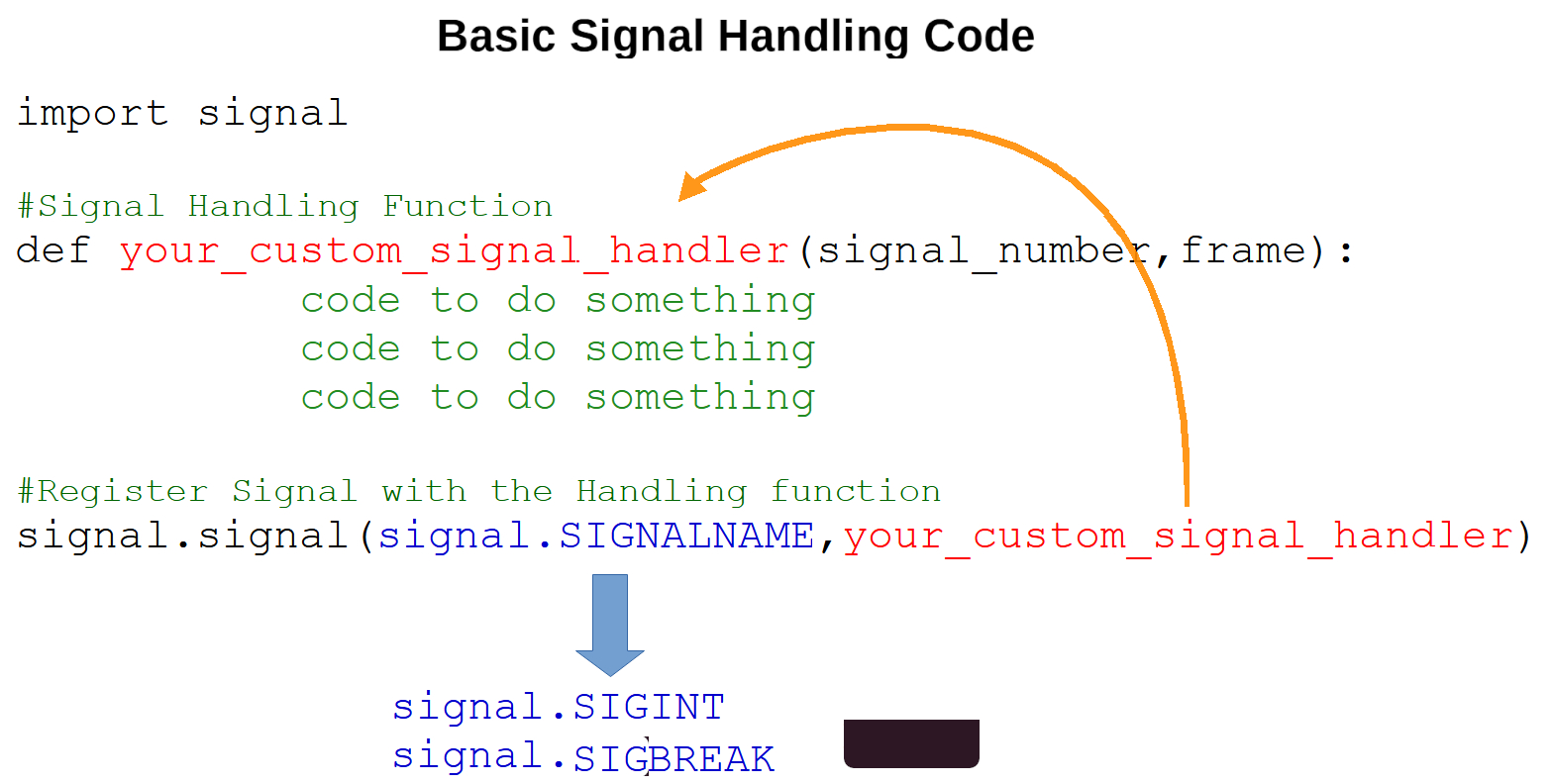What is the difference between async and concurrency in Python?
What is the difference between async and concurrency in Python?

In Python, async and concurrency are two related but distinct concepts that help developers write efficient and scalable code. Understanding the differences between them can be beneficial for any Python programmer.
Concurrency
Concurrency refers to the ability of a program to perform multiple tasks simultaneously, improving overall system performance and responsiveness. In other words, concurrency is about executing multiple threads or processes at the same time, allowing the program to do more than one thing at once. This can include:

In Python, concurrency is achieved through libraries like threading (for multithreading) and multiprocessing (for multiprocessing). These libraries provide higher-level abstractions for managing threads or processes, making it easier to write concurrent code.
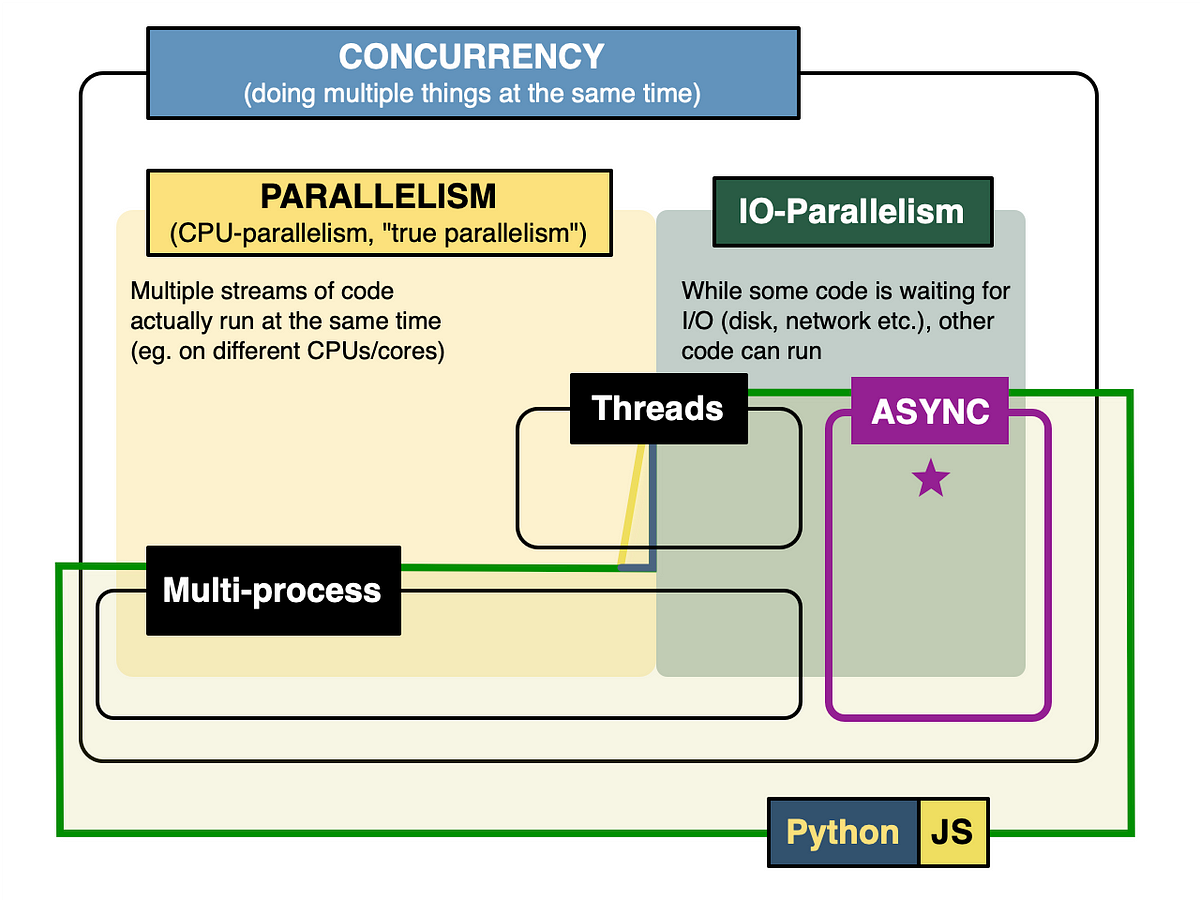
Async
async refers specifically to asynchronous programming, which focuses on writing code that can be paused and resumed at specific points. This allows multiple tasks to be executed in an interleaved manner, giving the appearance of concurrency without creating new threads or processes.
In Python, async is part of the asyncio library, which provides support for asynchronous I/O operations. When a function is marked as async, it indicates that the function can be paused and resumed at specific points, allowing other tasks to execute in between.
The key difference between concurrency and async is that concurrency involves creating multiple threads or processes, while async focuses on writing code that can be executed in an interleaved manner without creating new threads or processes. Concurrency is about doing many things at once, whereas async is about doing one thing, but allowing other tasks to interrupt and resume it.
Here's a simple analogy:
Concurrency is like having multiple cooks working simultaneously in a busy kitchen. Each cook is executing a specific task (e.g., preparing ingredients, cooking meat), and they're all working together to create a delicious meal.
Async, on the other hand, is like a single chef who can put down their knife to let someone else finish chopping vegetables while they attend to another task, like stirring a sauce. The chef doesn't need to create new cooks or kitchen spaces; they simply take breaks and resume their tasks at specific points.
In summary:
Concurrency refers to the ability of a program to perform multiple tasks simultaneously using threads, processes, or other means.Async specifically focuses on writing code that can be paused and resumed at specific points, allowing for interleaved execution without creating new threads or processes.
Both concepts are essential for building efficient and scalable Python programs. By understanding the differences between concurrency and async, developers can write code that effectively utilizes system resources and improves overall performance.
Python concurrent vs asyncio vs asynci

The age-old debate!
Concurrency:
Concurrency is the ability of a program to perform multiple tasks simultaneously, improving overall performance and responsiveness. In Python, you can achieve concurrency using threads or processes.
Thread-based concurrency: Use thethreading module to create threads that execute specific tasks. This approach is useful for I/O-bound operations, such as waiting for user input or processing large datasets. Process-based concurrency: Utilize the multiprocessing module to spawn multiple processes that run in parallel. This approach is suitable for CPU-bound operations, like scientific computing or data analysis.
Asyncio:
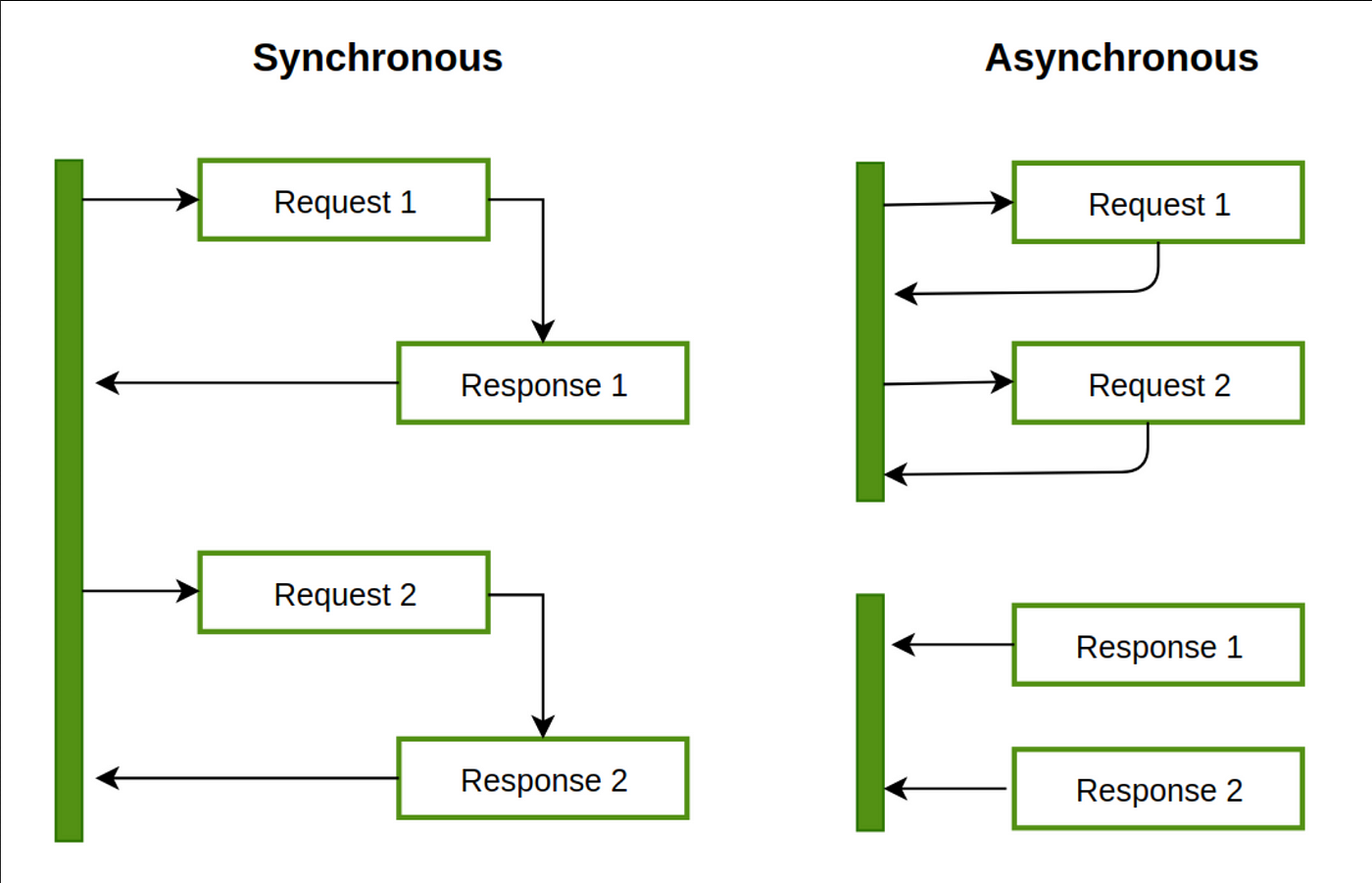
Asyncio (async I/O) is a library for writing single-threaded concurrent code using coroutines, multiplexing I/O access over sockets and other resources, and implementing network clients and servers.
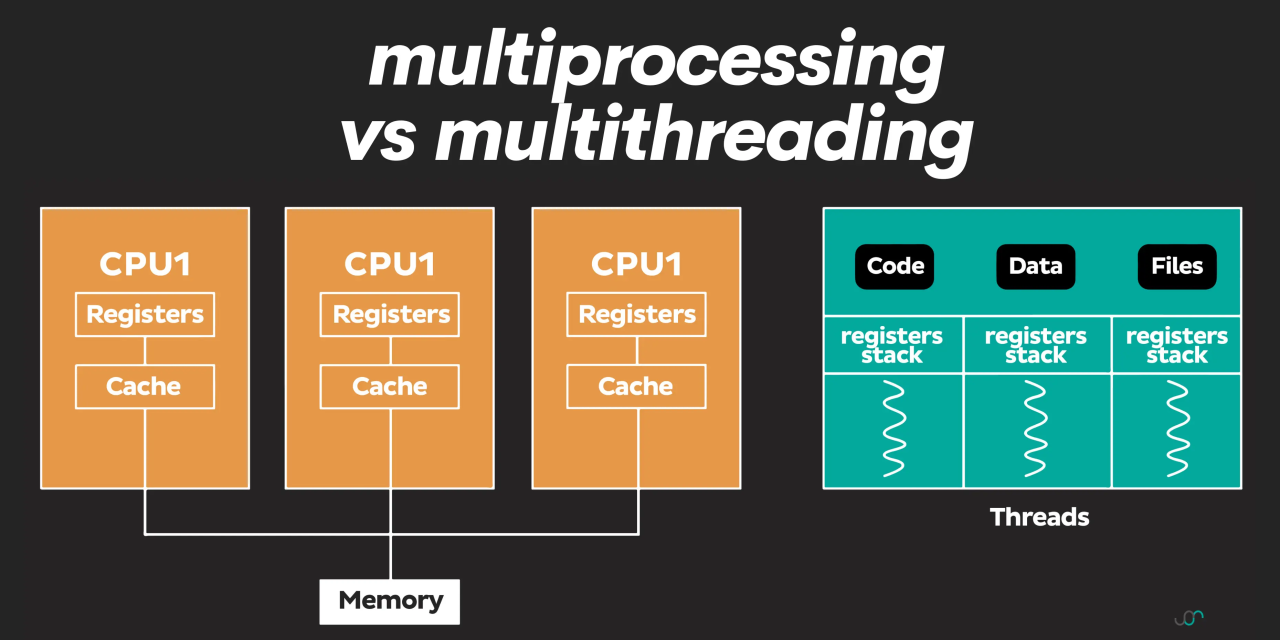
Asynci (not an official Python library):
Asynci is not a recognized Python library. The term "asynci" might refer to asynchronous I/O, which is supported by async/await syntax in Python.
Asynchronous programming: Asyncio provides an alternative way of writing asynchronous code using theasync and await keywords. This allows you to write more readable and maintainable code that's also concurrent. I/O-bound operations: Asyncio excels at handling I/O-bound tasks, such as networking, database queries, or file input/output.
Key differences:
Concurrency is a broader concept, covering both thread-based and process-based concurrency. Asyncio focuses on coroutine-based concurrency for I/O-bound operations. Asynci is not a recognized Python library, whereas async/await syntax is part of the official Python standard library (asyncio). Concurrency using threads or processes might be more suitable for CPU-bound tasks, while asyncio excels at handling I/O-bound operations.When to use each:
Use concurrency (threads or processes) when: You need to perform CPU-intensive calculations. You have a large dataset that needs processing. Use asyncio (async/await syntax): You're working with I/O-bound tasks, such as networking, database queries, or file input/output. You want to write concurrent code for asynchronous operations.Remember, choosing the right approach depends on your specific use case and performance requirements. Python's built-in concurrency options and asyncio library provide a solid foundation for handling concurrency in various situations.



















